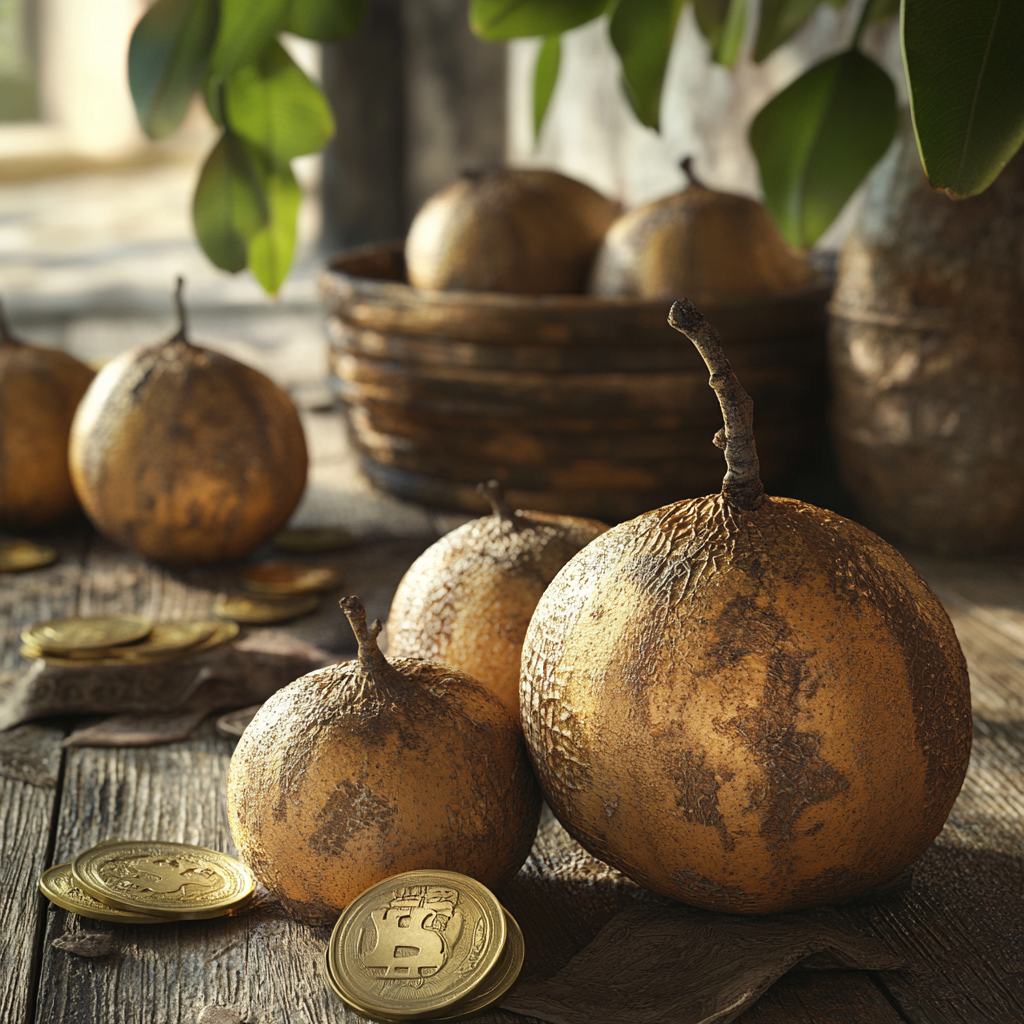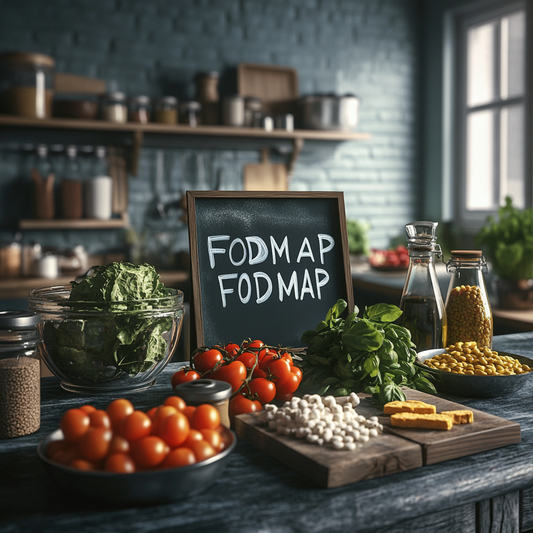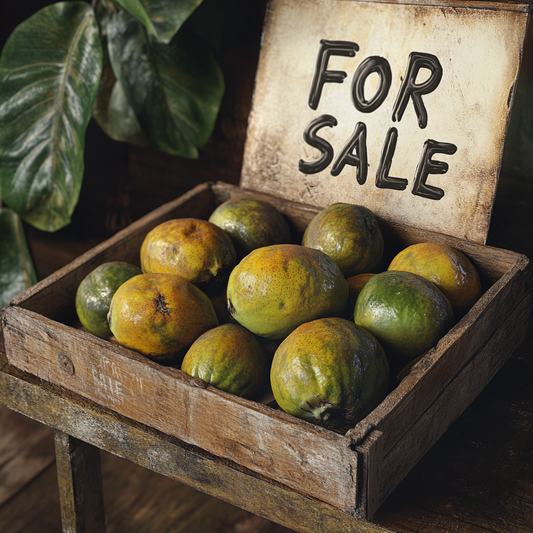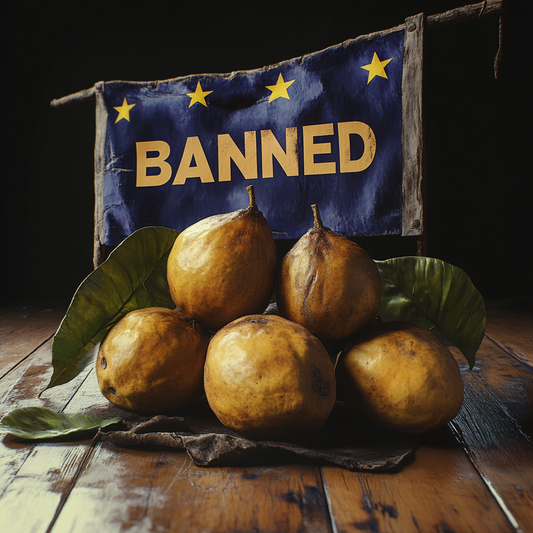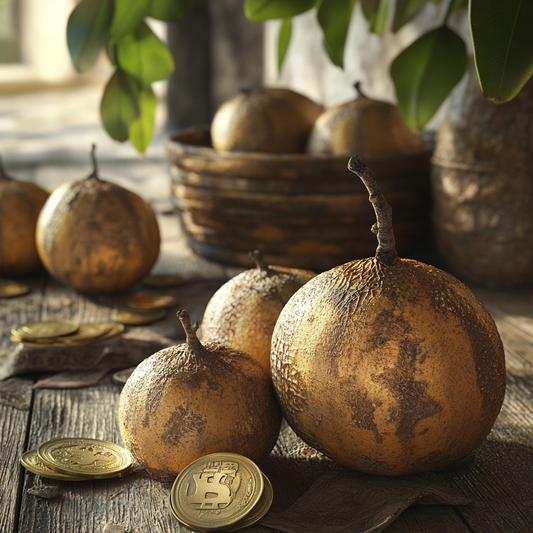You’ve probably seen monk fruit in the health aisle or as an ingredient in your favorite low-carb snacks. But you also probably noticed one thing: it costs way more than regular sugar. Why’s that? Let’s explain why monk fruit has that high price tag and whether it’s worth it.
What Makes Monk Fruit Unique?
Monk fruit, or “Luo han guo,” isn’t just any sweetener. Originating from Southern China, this fruit has been used for centuries in traditional medicine. Monk fruit extract is 100 to 250 times sweeter than sugar and doesn’t cause a spike in blood sugar levels.
But here’s the catch: it takes a lot to produce. Most of the sweetness comes from unique compounds called mogrosides, not the fruit pulp. And that’s just the start of why monk fruit’s price is higher than most other sweeteners.
Monk Fruit has a Limited Growing Region
The main reason monk fruit is so pricey is where it’s grown. Monk fruit only thrives in a small mountainous region of southern China, specifically in Guangxi Province. The climate and soil create the ideal conditions for monk fruit to grow, so we can’t plant it anywhere. This limited growing area means the supply is pretty tight compared to demand.
China controls most of the production, which leads to inconsistent supply levels depending on local regulations, environmental issues, or political factors. When supply is limited, prices go up.
Monk Fruit has an Intensive Cultivation Process
Harvesting monk fruit isn’t a casual process. The fruit is delicate and doesn’t last long after being picked, so farmers must carefully manage each step to avoid losing the product. Each fruit is hand-picked to ensure it’s ripe enough to use. But here’s the kicker: only the tiny portion containing mogrosides is extracted, meaning most fruit goes unused. The cost of monk fruit increases since much of the raw fruit isn't part of the final sweetener.
From harvest to extraction, each part of monk fruit production is intensive, requiring skilled labor and time. And anytime a crop needs lots of labor, prices reflect that.
The Extraction Process of Monk Fruit is Complicated
Here’s the deal: monk fruit’s sweetness doesn’t come from fructose or glucose (which means it doesn’t impact blood sugar). Instead, it comes from mogrosides, which makes monk fruit safe for keto, diabetes, and low-sugar diets. Extracting mogrosides is a complex process. To obtain these mogrosides, monk fruit undergoes a specialized method that involves hot water extraction and filtration. This technique removes bitter compounds, leaving only the intensely sweet components behind. It’s a precise and costly process, one reason monk fruit sweeteners are generally more expensive.
Monk Fruit is High in Demand
With more people turning to low-carb and sugar-free diets, the demand for monk fruit is through the roof. From keto enthusiasts to people managing diabetes, monk fruit appeals to a broad audience looking for natural, sugar-free sweeteners. And as demand increases, prices follow.
To make it even more sought-after, many brands blend monk fruit with other low-calorie sweeteners like erythritol, giving consumers more options for cutting sugar out of their diets. This is true for Groovy Keto, where they have a Monk Fruit Erythritol blend. The spike in demand has meant that monk fruit prices stay high since there just isn’t enough to go around. Limited Availability and Few Suppliers. This is especially true for the UK, where it is now legal to buy monk fruit.
Since most of the monk fruit supply comes from China, there aren’t a lot of suppliers who can provide a steady, cost-effective product worldwide. Exporting monk fruit from China also adds costs, with tariffs, shipping fees, and international trade factors impacting the price. And when there are only a few suppliers, prices tend to stay high because there’s less competition.
Organic and Non-GMO Certifications
Companies selling monk fruit in the U.S. and Europe often seek organic and non-GMO certifications to appeal to health-conscious customers. This certification process requires additional regulatory oversight and costs, which are passed down to the consumer.
Monk Fruit Shelf Life and Preservation
Fresh monk fruit has a short shelf life and needs to be dried or processed immediately after harvest when producing it as a sweetener. This extra step increases costs because drying and preserving the fruit requires specialized equipment and timely labor.
Is Monk Fruit Worth the Price?
The bottom line: Monk fruit is expensive because it’s rare, labor-intensive, and requires careful extraction. But it's a fantastic option for those who want a natural sweetener without the carbs or calories.
- Keto and Low-Carb Friendly: It won’t spike your blood sugar, making it ideal for keto and low-carb diets. It also goes well with keto baking mixes.
- Natural: Unlike some artificial sweeteners, monk fruit is plant-based and doesn’t come with the same health concerns.
- Intensely Sweet, Without the Calories: You need a tiny amount, so even though it’s expensive per ounce, a little goes a long way.
While monk fruit might not fit every budget, it's a solid investment for those who want to go sugar-free without sacrificing sweetness.
So, that’s why monk fruit is so expensive. When you break down the limited growing areas, the tricky extraction process, and the high demand, it makes sense why you’re paying a premium. Is it worth it? Yes, it is for many people focused on their health and diet goals, and especially for those on a keto diet.

